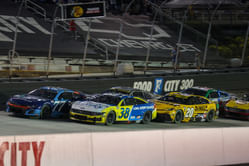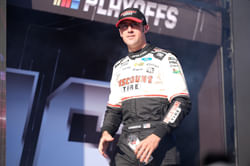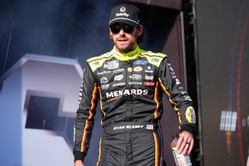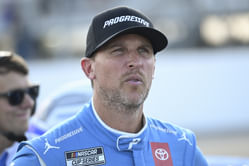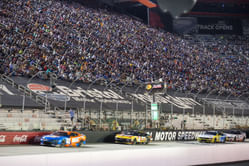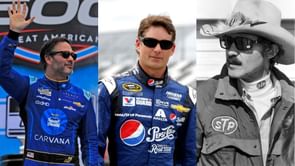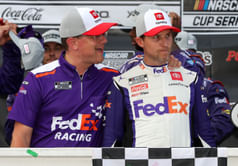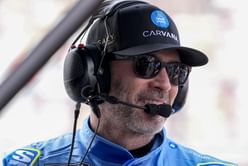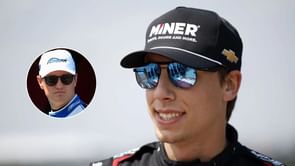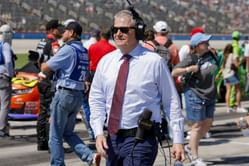
NASCAR, an American motorsport, is characterized by its high-speed action, high octane excitement, and adrenaline-fueled intensity. These words from enthusiasts and critics alike are earned by racing the cars wheel to wheel at maximum velocities.
Knowing this, drivers are allowed to touch their rivals during defending their position and overtakes which creates wheel to wheel and bumper to bumper action. Though it is permissible to touch, there are repercussions if the driver deliberately causes an accident.
In simpler terms, bumping into a rival is permissible only in cases of accidental contact. While drivers may not always appreciate being bumped into by their competitors, it's an integral aspect of NASCAR's racing culture.
Touching or bumping into a rival might be disadvantageous at times but a maneuver termed as “bump drafting” is advantageous as well. It involves the trailing car pushing the lead car, but only for a brief moment which gives an advantage to the lead driver.
Though bump drafting is allowed, previously drivers and teams used to perform a maneuver called tandem drafting which involved the trailing car pushing the lead car for an extended period of time. After serious incidents involving the Tandem drafting maneuver, it was banned altogether in 2014.
FAQ's On NASCAR cars
A. Yes, Only in cases of accidental contact but if a driver deliberately causes an accident there would be repercussions.
A. During the 2013 Daytona Xfinity series race “tandem drafting” caused a car to be spun while leading the pack, causing a crash which involved the lead cars which resulted in Kyle Larson's car being launched into the catch fence ultimately injuring dozens of spectators.
A. The trailing car pushes the lead car causing the lead car to gain extra speed.
A. Yes, bump drafting is performed by the team to give advantage to the lead driver who has more potential to finish higher up.
A. Not directly but they gain an advantage by being in the slipstream of the lead car.
